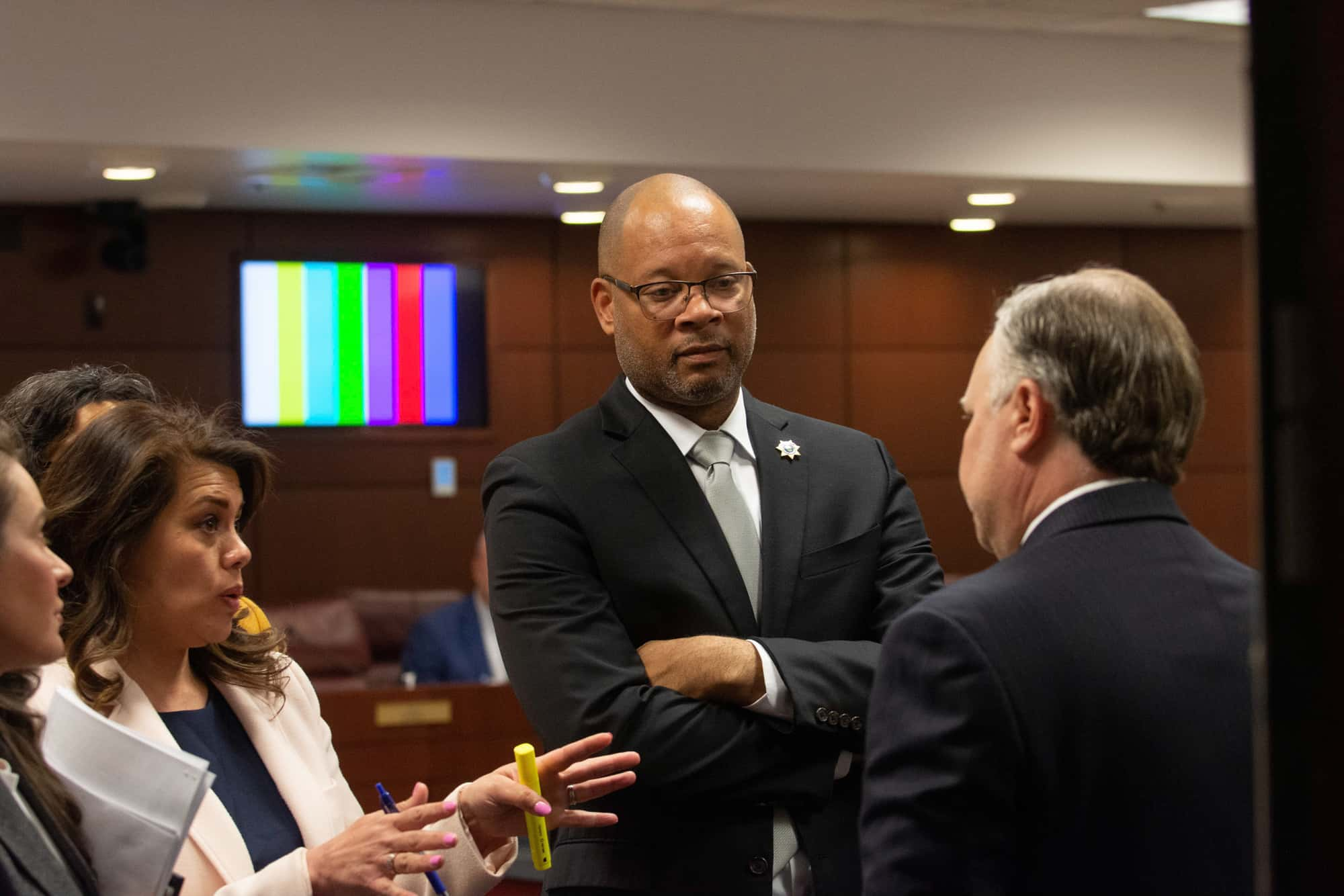In the early hours past midnight, Marla Ollinger was jolted awake by her daughter-in-law’s screams, rushing to find her son, Justin Littledog, struggling for breath.

Tragically, the 33-year-old father of three succumbed to a fentanyl overdose, a devastating scenario not uncommon in Native American communities
Native American communities across the United States are grappling with an alarming surge in deaths from fentanyl and synthetic opioids. According to a report from the Albuquerque Area Southwest Tribal Epidemiology Center, the rate has surged from 1.2 deaths per 100,000 in 2013 to a staggering 33.6 per 100,000 in 2021, surpassing the national average.
While the fentanyl epidemic has become a focal point for some Republican presidential candidates, the approach to addressing the crisis varies. Despite calls for military intervention along the southern border, Native American leaders emphasize that a singular focus on border enforcement is insufficient.
Chuck Hoskin Jr., principal chief of the Cherokee Nation, stresses the need for a nuanced strategy, stating, “It’s not simply an either-or proposition.” As Republican candidates propose militaristic solutions, Native American communities argue that social factors driving the crisis, such as unemployment, homelessness, mental health resources, and police shortages on tribal lands, demand equal attention.
The poverty rate among American Indians and Alaska Natives has risen, reaching 25% in 2022
The funding gap for health care needs, as highlighted in a 2022 federal report, remains a significant hurdle, with the Indian Health Service estimated to be underfunded by $51.42 billion. Instead of a myopic focus on border militarization, advocates urge presidential candidates to delve into the root causes of the fentanyl crisis. Issues such as homelessness, mental health, and inadequate police resources on reservations contribute to the complex landscape of this epidemic.
While the danger posed by drug cartels is acknowledged, leaders like Chuck Hoskin Jr. stress the importance of a balanced approach. As Native American communities grapple with the fentanyl crisis, they call on the next president to prioritize comprehensive support for distressed communities, addressing the epidemic at its roots rather than relying solely on law enforcement or health-centered solutions.
In the words of Lance Gumbs, tribal ambassador of the Shinnecock Indian Nation, “We need to have a response that brings everybody together because we cannot solve this issue with just a health lens or a law enforcement lens.”




